S
Shruti Dasgupta
Guest
India is the world’s largest democracy. Its electoral machinery attempts to help 94.50 crore voters cast their votes during the general elections every five years. Although the state elections have a lower voter turnout, most large states like Maharashtra have approximately 9 crore voters. The democratic process of India involves complex and massive elections held on an almost yearly basis. The ‘One Nation, One Election’ bid is the BJP’s attempt to streamline India’s electoral process and significantly reduce the cost to the exchequer.
With a population of 1.4 billion people; India has 6 national parties, 54 state parties, and more than 2,000 unrecognized parties. This unique concept is the new challenge faced by India’s diverse political landscape. Streamlining democracy in India is a Herculean task that PM Modi’s government has taken on its shoulders. The BJP administration has set up an 8-member committee to contemplate the applicability of the simultaneous elections for India.
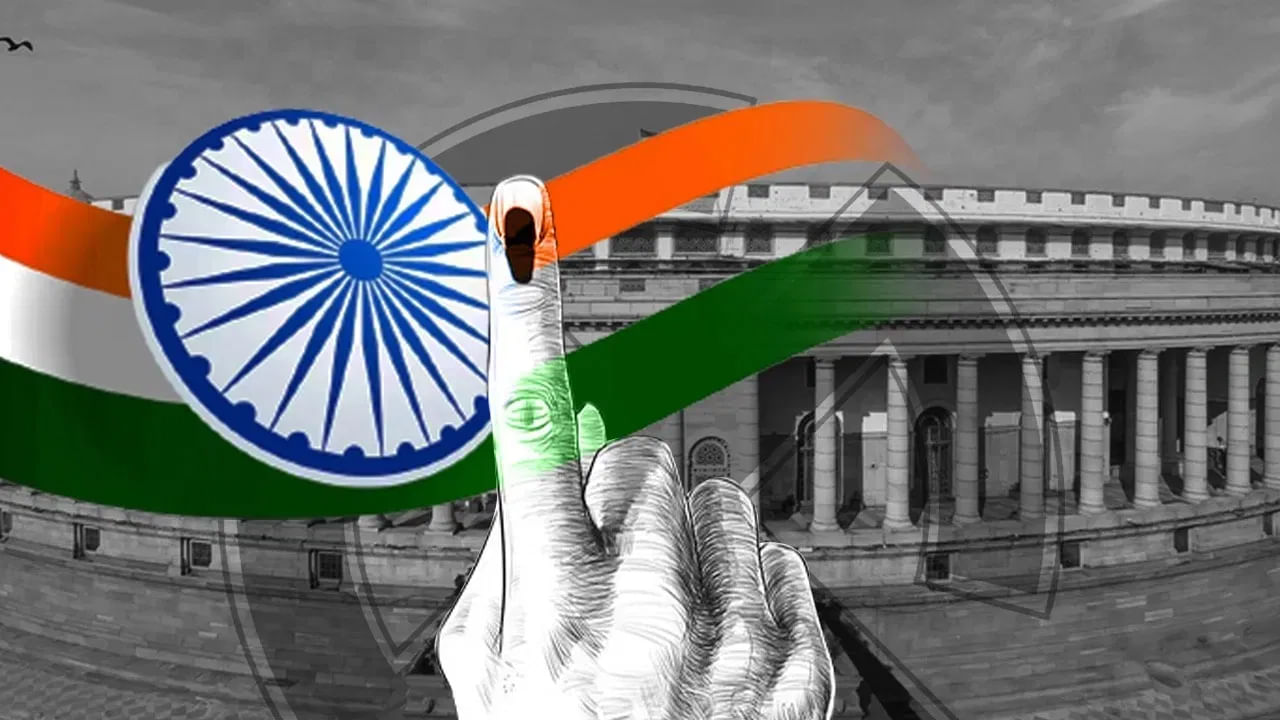
PC TV9 Telugu
‘One Nation, One Election’ is an attempt to restructure India’s democratic process. The process proposes holding all elections, be it for the Lok Sabha or Vidhan Sabha, simultaneously across all states of India. The idea is to synchronize the electoral cycle, ensuring that both central and state elections occur together at fixed intervals.
As a nation, India is in a constant state of elections in one state or another. The campaigning and electoral machinery is never at rest. National leaders are required to provide continuous support to their parties in various states across the nation to ensure a victory. Thus, India experiences a continuous bombardment of elections not just every year but also several times a year.
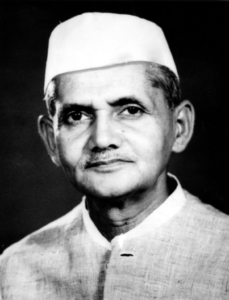
PC The Jaipur Dialogues
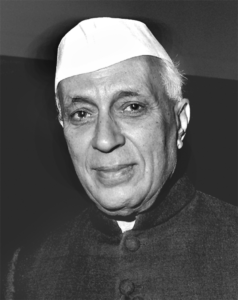
PC The Jaipur Dialogues
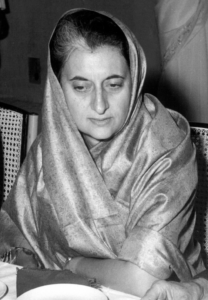
PC The Jaipur Dialogues
While ‘One Nation, One Election’ is a compelling idea, it’s essential to recognize that very few countries in the world follow this practice. India adhered to this practice between 1952 to 1967. Indians voted for the Centre and states in 1952, 1957, 1962, and 1967 simultaneously. These elections were held under the Congress government. The Prime Ministers of India during that period were PM J.L. Nehru, PM Lal Bahadur Shastri, and PM Indira Gandhi.
The last time India used this concept was in 1967. In that year the Lok Sabha elections and most state assembly elections were held together. The election brought Congress back to power under the leadership of PM Indira Gandhi.
Many countries also follow this system of electoral process. In these nations, the federal and state elections happen separately. However, in the USA these elections share a common election infrastructure and are held close together. Currently, Belgium, Sweden, and South Africa have successfully incorporated this unique electoral process in their democracy.
Every concept is a balance of Pros and Cons. The implementation of this unique electoral process must be examined in detail to understand its implications for Bharat and Bharatiyas.
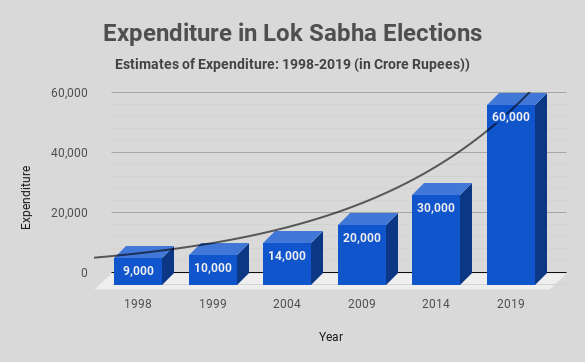
PC NewsClick
The main advantage of this concept is the significant reduction in election-related expenses. When elections are held separately at different times, enormous resources are spent on security, logistics, and administration. Combining the state and general elections will save the taxpayers’ money.
With simultaneous elections, governments can increase their focus on governance. This will reduce the time required by political leaders to conduct election campaigns and respond to related documentation. Frequent elections can disrupt the development agenda. Therefore, the concept of simultaneous elections aims to promote a focus on the development of Bharat.
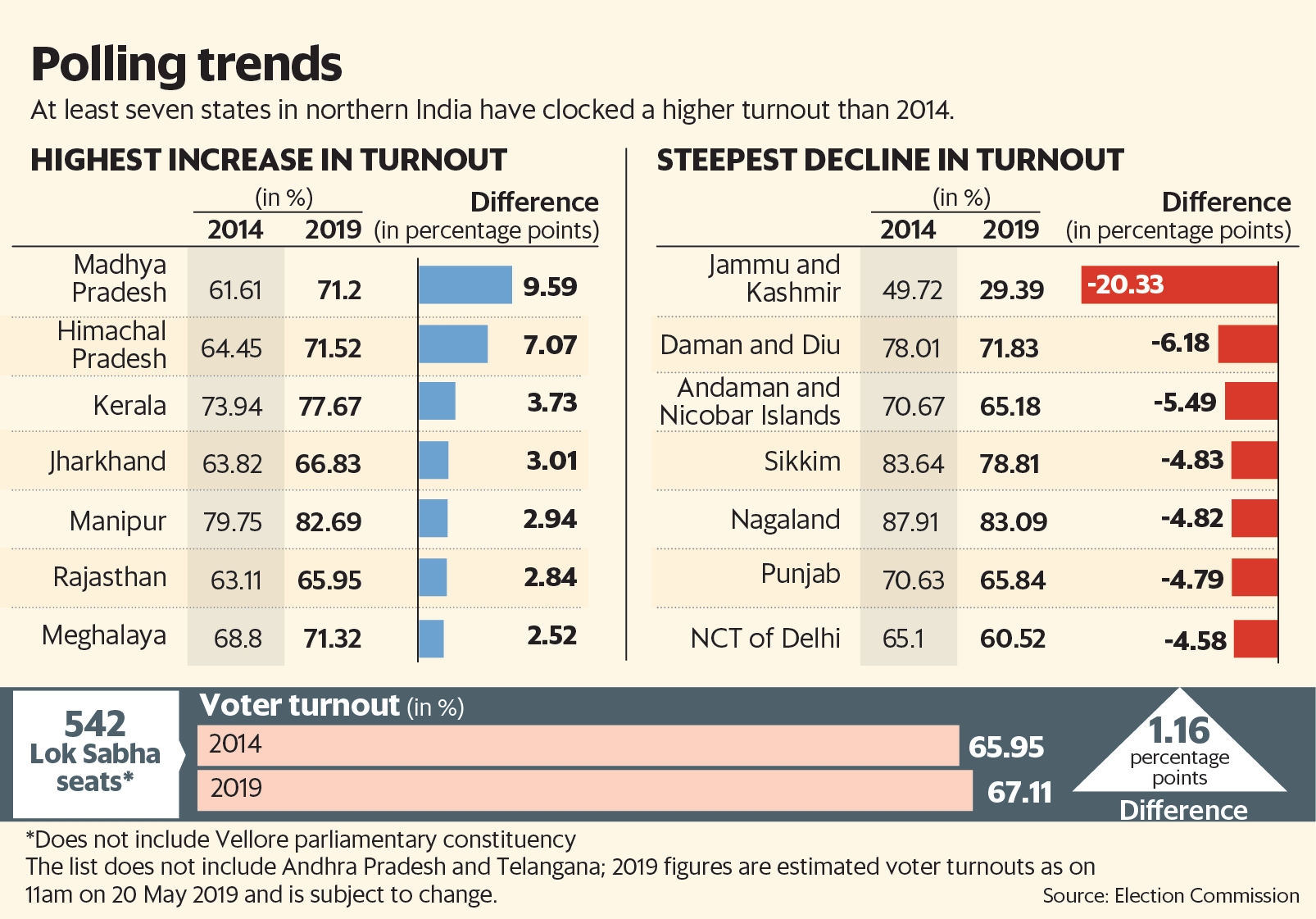
PC Mint
Most Indian voters do not live in the city they are registered to vote in. This is a primary cause of low voter turnout. Simultaneous elections might encourage voters to be a part of the change they want to see. Since voters will only need to vote once in a few years, it will become more convenient for them to travel to their constituency and actively participate in the democratic process.
Millions are spent on election campaigns and elections ‘freebies’. Political parties and leaders are constantly engaged in wooing votes from their constituencies. This new concept would enable leaders to have more time to plan and execute policies instead of being in a perpetual campaign mode. Moreover, it would increase the possibility of more thoughtful decision-making by the parties in power.
Every election requires a massive investment in manpower for security. The local security forces are repeatedly engaged in providing services for election campaigns, election processes, and post-election vote counting process. The once-for-all concept of elections may lead to a more efficient use of security forces during elections. Thereafter, the security forces may be allowed to work more effectively to maintain the law and order of the nation with greater efficiency.
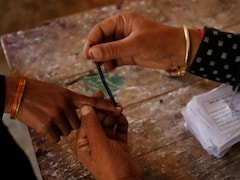
PC FirstPost
Coordinating national and state elections is a mammoth task. The electoral machinery would need a boost in terms of manpower, resources, and equipment.
General elections and state elections have different purviews. The general elections focus on issues of national interest while the state elections are focussed on local or regional issues of importance. If the two elections are forced together, the regional issues will be overshadowed by the national issues. This may harm the interests of the local population and governance.
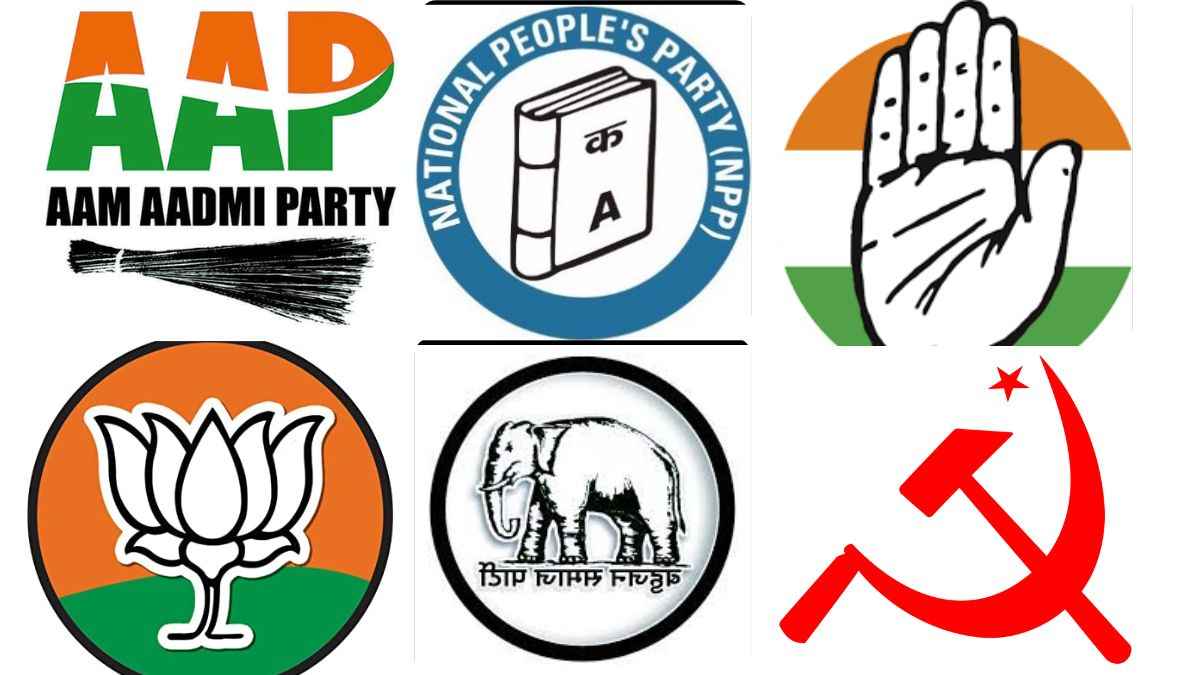
PC Jagran Josh
The number of national parties is minuscule in comparison to the regional parties. However, regional parties will inevitably be overshadowed by the presence of the giant powerhouses of national parties in a simultaneous election process. The applicability of this idea in India will reduce the influence of local leaders in regions. This may create an imbalance in the power dynamics of the political arena.
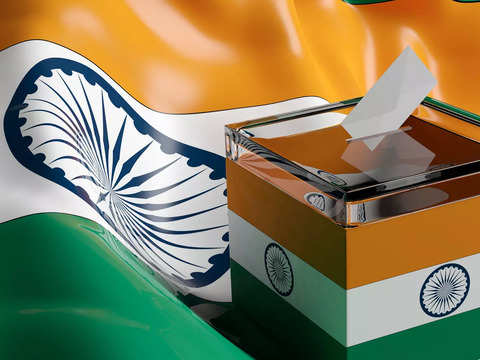
PC The Economic Times
The ‘One Nation, One Election’ concept sounds promising, but implementing it in India is fraught with challenges. The country’s vast size, population, and complex democratic structure has the potential to make synchronization a logistical nightmare. Moreover, regional parties that play a pivotal role in Indian politics, may face extinction in the face of simultaneous elections.
Thus, simultaneous elections in India’s democratic process can only be partly acceptable to reduce costs and increase efficiency. The feasibility of this idea can be through the following suggestions:
Currently, the coagulated opposition has only one mode of response to any suggestion of the PM Modi’s government. They want to mindlessly oppose the concept without studying it in any depth. The Congress leaders forget that PM Nehru was an advocate of this concept. They also forget that the grandmother of Rahul Gandhi, PM Indira Gandhi, was also elected by this process. Their ignorant outlook on anything related to the BJP shows their shallow political ideology. They do not want to be part of any progressive initiatives. The opposition parties are not willing to be part of India’s progress. They only want absolute power, while they divide India with dots!
As India continues to evolve, it must find a balance between streamlining its electoral process and ensuring regional representation and autonomy. The discussion around this concept is crucial for shaping the future of Indian democracy while preserving its essence. While Bharat awaits the observations from the ex-President Kovind’s 8-member committee, Indians should open their eyes to the lies and duplicity of the opposition. They must note that the PM Modi’s administartion is trying to gain perspective before the implementation of any idea. The BJP is also open to opinions from their fellow elected leaders from the opposition. The BJP’s idea is not to wrangle power in all states, but to rid India of its election-driven-economy module. However, the Congress and its dot-dot brigade only prefer blind rejection of any idea proposed by the BJP or PM Modi.
The post ‘One Nation, One Election’: BJP’s attempt to Streamline India’s Electoral Process appeared first on The Jaipur Dialogues.
Continue reading...
With a population of 1.4 billion people; India has 6 national parties, 54 state parties, and more than 2,000 unrecognized parties. This unique concept is the new challenge faced by India’s diverse political landscape. Streamlining democracy in India is a Herculean task that PM Modi’s government has taken on its shoulders. The BJP administration has set up an 8-member committee to contemplate the applicability of the simultaneous elections for India.
What is ‘One Nation, One Election’?

PC TV9 Telugu
‘One Nation, One Election’ is an attempt to restructure India’s democratic process. The process proposes holding all elections, be it for the Lok Sabha or Vidhan Sabha, simultaneously across all states of India. The idea is to synchronize the electoral cycle, ensuring that both central and state elections occur together at fixed intervals.
As a nation, India is in a constant state of elections in one state or another. The campaigning and electoral machinery is never at rest. National leaders are required to provide continuous support to their parties in various states across the nation to ensure a victory. Thus, India experiences a continuous bombardment of elections not just every year but also several times a year.
Where is ‘One Nation, One Election’ Used?

PC The Jaipur Dialogues

PC The Jaipur Dialogues

PC The Jaipur Dialogues
While ‘One Nation, One Election’ is a compelling idea, it’s essential to recognize that very few countries in the world follow this practice. India adhered to this practice between 1952 to 1967. Indians voted for the Centre and states in 1952, 1957, 1962, and 1967 simultaneously. These elections were held under the Congress government. The Prime Ministers of India during that period were PM J.L. Nehru, PM Lal Bahadur Shastri, and PM Indira Gandhi.
The last time India used this concept was in 1967. In that year the Lok Sabha elections and most state assembly elections were held together. The election brought Congress back to power under the leadership of PM Indira Gandhi.
Many countries also follow this system of electoral process. In these nations, the federal and state elections happen separately. However, in the USA these elections share a common election infrastructure and are held close together. Currently, Belgium, Sweden, and South Africa have successfully incorporated this unique electoral process in their democracy.
Implications of ‘One Nation, One Election’
Every concept is a balance of Pros and Cons. The implementation of this unique electoral process must be examined in detail to understand its implications for Bharat and Bharatiyas.
Advantages or Pros
Reduced Election Expenditure

PC NewsClick
The main advantage of this concept is the significant reduction in election-related expenses. When elections are held separately at different times, enormous resources are spent on security, logistics, and administration. Combining the state and general elections will save the taxpayers’ money.
Continuous Governance
With simultaneous elections, governments can increase their focus on governance. This will reduce the time required by political leaders to conduct election campaigns and respond to related documentation. Frequent elections can disrupt the development agenda. Therefore, the concept of simultaneous elections aims to promote a focus on the development of Bharat.
Enhanced Voter Turnout

PC Mint
Most Indian voters do not live in the city they are registered to vote in. This is a primary cause of low voter turnout. Simultaneous elections might encourage voters to be a part of the change they want to see. Since voters will only need to vote once in a few years, it will become more convenient for them to travel to their constituency and actively participate in the democratic process.
Efficiency and Productivity
Millions are spent on election campaigns and elections ‘freebies’. Political parties and leaders are constantly engaged in wooing votes from their constituencies. This new concept would enable leaders to have more time to plan and execute policies instead of being in a perpetual campaign mode. Moreover, it would increase the possibility of more thoughtful decision-making by the parties in power.
Stability and Security
Every election requires a massive investment in manpower for security. The local security forces are repeatedly engaged in providing services for election campaigns, election processes, and post-election vote counting process. The once-for-all concept of elections may lead to a more efficient use of security forces during elections. Thereafter, the security forces may be allowed to work more effectively to maintain the law and order of the nation with greater efficiency.
Disadvantages or Cons:
Logistical Challenges

PC FirstPost
Coordinating national and state elections is a mammoth task. The electoral machinery would need a boost in terms of manpower, resources, and equipment.
Thus while trying to reduce the cost, the idea may initially increase the cost of elections in India.
Loss of Regional Focus
General elections and state elections have different purviews. The general elections focus on issues of national interest while the state elections are focussed on local or regional issues of importance. If the two elections are forced together, the regional issues will be overshadowed by the national issues. This may harm the interests of the local population and governance.
Political Imbalance

PC Jagran Josh
The number of national parties is minuscule in comparison to the regional parties. However, regional parties will inevitably be overshadowed by the presence of the giant powerhouses of national parties in a simultaneous election process. The applicability of this idea in India will reduce the influence of local leaders in regions. This may create an imbalance in the power dynamics of the political arena.
How can ‘One Nation, One Election’ be Applicable to Bharat?

PC The Economic Times
The ‘One Nation, One Election’ concept sounds promising, but implementing it in India is fraught with challenges. The country’s vast size, population, and complex democratic structure has the potential to make synchronization a logistical nightmare. Moreover, regional parties that play a pivotal role in Indian politics, may face extinction in the face of simultaneous elections.
Thus, simultaneous elections in India’s democratic process can only be partly acceptable to reduce costs and increase efficiency. The feasibility of this idea can be through the following suggestions:
- Simultaneous elections to be held only in those states where state and general elections shall occur during the same year. This will reduce the burden on the electoral machinery and increase the cost-effectiveness of India’s democracy.
- If a state’s government collapses 1 year before general elections, then the state shall be governed under a special interim government. The next elections of the state shall only be held simultaneously with general elections. This would increase the applicability of ‘One Nation, One Election’. It would also streamline the democratic process for most states.
- Ensure that state and general elections votes are cast separately. This would help voters to choose their preferred state and national leaders independently. Although this would increase the burden on the election machinery, it would preserve the diversity of the political voice in India.
Conclusion
Currently, the coagulated opposition has only one mode of response to any suggestion of the PM Modi’s government. They want to mindlessly oppose the concept without studying it in any depth. The Congress leaders forget that PM Nehru was an advocate of this concept. They also forget that the grandmother of Rahul Gandhi, PM Indira Gandhi, was also elected by this process. Their ignorant outlook on anything related to the BJP shows their shallow political ideology. They do not want to be part of any progressive initiatives. The opposition parties are not willing to be part of India’s progress. They only want absolute power, while they divide India with dots!
As India continues to evolve, it must find a balance between streamlining its electoral process and ensuring regional representation and autonomy. The discussion around this concept is crucial for shaping the future of Indian democracy while preserving its essence. While Bharat awaits the observations from the ex-President Kovind’s 8-member committee, Indians should open their eyes to the lies and duplicity of the opposition. They must note that the PM Modi’s administartion is trying to gain perspective before the implementation of any idea. The BJP is also open to opinions from their fellow elected leaders from the opposition. The BJP’s idea is not to wrangle power in all states, but to rid India of its election-driven-economy module. However, the Congress and its dot-dot brigade only prefer blind rejection of any idea proposed by the BJP or PM Modi.
The post ‘One Nation, One Election’: BJP’s attempt to Streamline India’s Electoral Process appeared first on The Jaipur Dialogues.
Continue reading...
